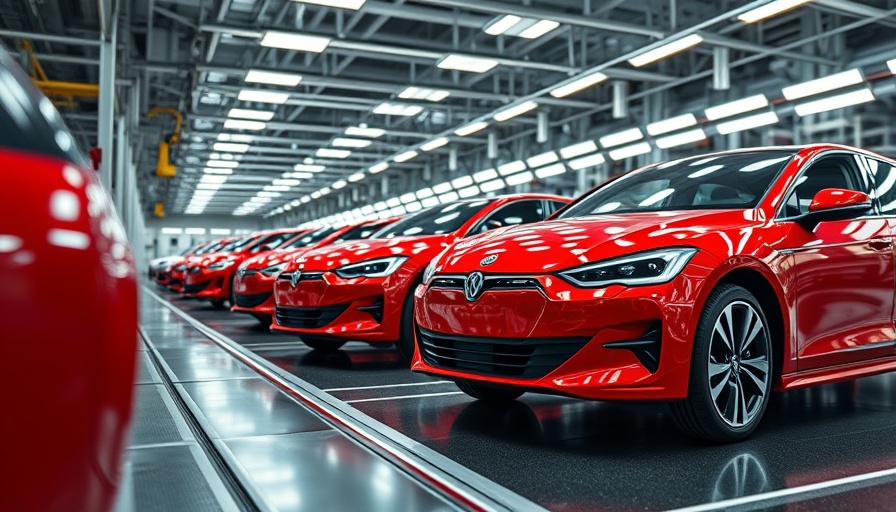
2025: A Change in the Automotive Landscape
The excitement that typically envelops new car releases seems to be fading. With only 29 new models expected in 2025, car enthusiasts have lesser options compared to previous years. As per analysis from Bank of America’s “Car Wars” report, this will be the slowest year since tracking began, marking a significant downturn in options for consumers.
Why Fewer Models? The Underlying Factors
According to industry analyst John Murphy, the projected drop in new automobile models is primarily due to a combination of factors affecting electric vehicle (EV) production. The slowing adoption of EVs, compounded by tariffs and complex regulatory frameworks, has led manufacturers to revert to their traditional models instead of risking new innovations. This also reflects a broader trend within the automotive industry, where the demand for EVs has not matched forecasts, leading companies to reassess their production strategies.
The EV Conundrum: A Double-Edged Sword
The push for zero-emission vehicles (ZEVs), particularly in states like California, has created both pressure and uncertainty for automakers. California’s legislative environment has mandated that all new cars sold in the state must be ZEVs by 2035. However, ongoing legal disputes at the federal level challenge these regulations, leaving manufacturers hesitating to fully commit to EV production. This situation places them in a precarious position as they navigate the fine line between compliance and consumer demand.
Market Reactions: Consumer Confidence and Choices
The dwindling variety of car models may impact consumer confidence, raising questions about the future direction of the automotive industry. Buyers looking for the latest features or willing to invest in new technology may be disenchanted by the reduced offerings. The reduction in new releases may inadvertently drive consumers to hold onto existing automobiles longer, further complicating the situation for manufacturers trying to launch new innovations.
The Road Ahead: Predictions and Insights
Looking ahead, one can argue that the automotive market is at a crossroads. As manufacturers assess the landscape, it appears there’s a strong chance the industry will gradually pivot back toward hybrid technologies alongside traditional combustion engines until the regulatory fog clears and consumer preferences solidify. For buyers, this could result in a lengthy wait for the next wave of groundbreaking automobile models that incorporate cutting-edge technology and sustainability.
Conclusion: Implications for Homeowners and DIY Enthusiasts
For homeowners and DIY enthusiasts who may be considering vehicle purchases, it is crucial to remain informed about these trends. As the market shifts, understanding how automotive changes can impact daily life is vital. Knowledge of consumer options allows for better decision-making, especially when considering tasks that involve vehicle ownership and potential maintenance challenges. Investing time in home repair and maintenance is equally important, especially if longer wait times for new vehicles lead buyers to maintain their current models for extended periods.
 Add Row
Add Row  Add
Add 



 Add Row
Add Row  Add
Add 


Write A Comment